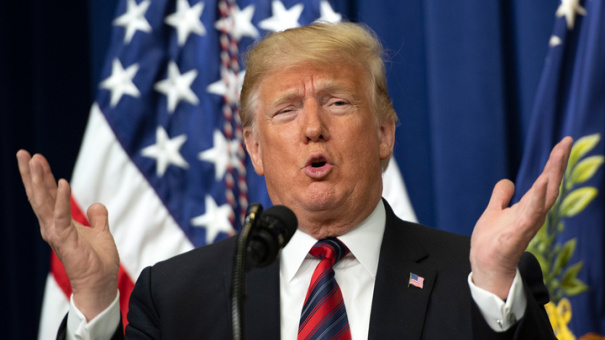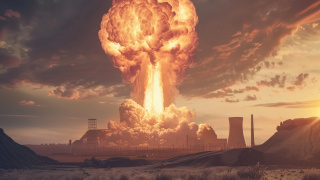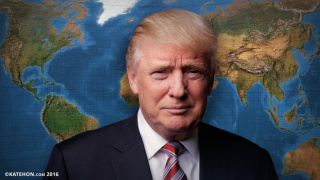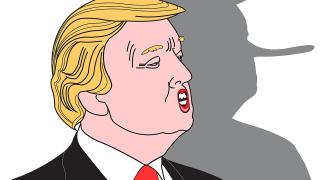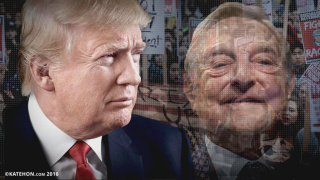Trump's trade wars give result
If in the internal politics of Trump is a complete failure - the media, Congress and even “his” officials in the White House constantly tease him with “ties with Russia”, then in the economy he has complete order. And both in the internal and external.
Under Trump's rule, the United States boasts several macroeconomic indicators at once.
In the second quarter of 2018, GDP growth was the highest in the last few years, reaching 4.2%. The unemployment rate is low, which in two years has fallen from 4.5% to 3.7%. Salaries for the same period increased from 2.5 to 2.9 percent. Trump has strengthened the performance of US stock markets - Dow Jones rose from 20 to 25 thousand points. In 2018, the number of vacancies (6.4 million) for the first time since 2002 exceeded the number of job seekers (6 million).
In foreign trade, the billionaire has made certain concessions from its competitors and partners, including the EU, Turkey, Canada and China. In the summer, Trump imposed import tariffs on steel (25%) and aluminum (10%).
Under pain of duties against the European auto industry, Brussels went to negotiations with Washington. In July, the head of the European Commission, Jean-Claude Juncker in the United States, agreed with the Oval Office that the parties would not introduce new restrictions. Fees for steel and aluminum remained in force. According to Reuters leaks, Juncker promised to increase EU purchases of liquefied natural gas (LNG) and beans from America. Europeans also kept their promise to buy LNG. The Polish company PGNiG and the American Venture Global LNG on the eve of the agreement on the supply of American gas to Poland for 20 years. The Wall Street Journal recently reported that German Chancellor Angela Merkel allocated half a billion euros to build an LNG terminal near Hamburg.
Most mercilessly, Trump acted on the Asian route, imposing 10% of the tariffs on almost half of Chinese exports to the United States, valued at $ 200 billion. White House policy has slowed China's GDP growth to the level of 2009 - 6.5%. China is at the forefront of countries creating a US trade deficit.
Although the Chinese have applied retaliatory duties and stopped buying American oil, the deterioration of the intra-Chinese market may make Beijing more compliant at the next negotiations. As it was during the short May truce, when in exchange for the suspension of the trade war, China agreed to increase LNG purchases.
Tariff crushed Ankara. When Trump threatened to double the steel and aluminum tariffs from Turkey, an economic crisis began there, causing Recep Tayyip Erdogan to release the American pastor Andrew Brunson arrested in connection with the PKK and Gulen. Blackmail and pressure forced Trump to make concessions to neighboring Canada, with which he concluded a new, “fairer" free trade agreement, an alternative to NAFTA.
Tactically, for half a year or two, Trump's trade wars really brought dividends to the US and its economy. They made partners more accommodating. But in the long run, such an aggressive manner of the traditional conductor of globalization and free trade can push China and Europe away from the United States, turning them toward Russia. Moscow and Brussels are already working together on the Iranian direction and create a mechanism for circumventing sanctions against Iran. China, reducing energy and soybean purchases in the United States, may rely on Russian supplies. In the long term, China and the EU have a chance to come to an agreement on free trade, the safety and speed of which will be provided by the land and arctic routes of the New Silk Road through Russia.
